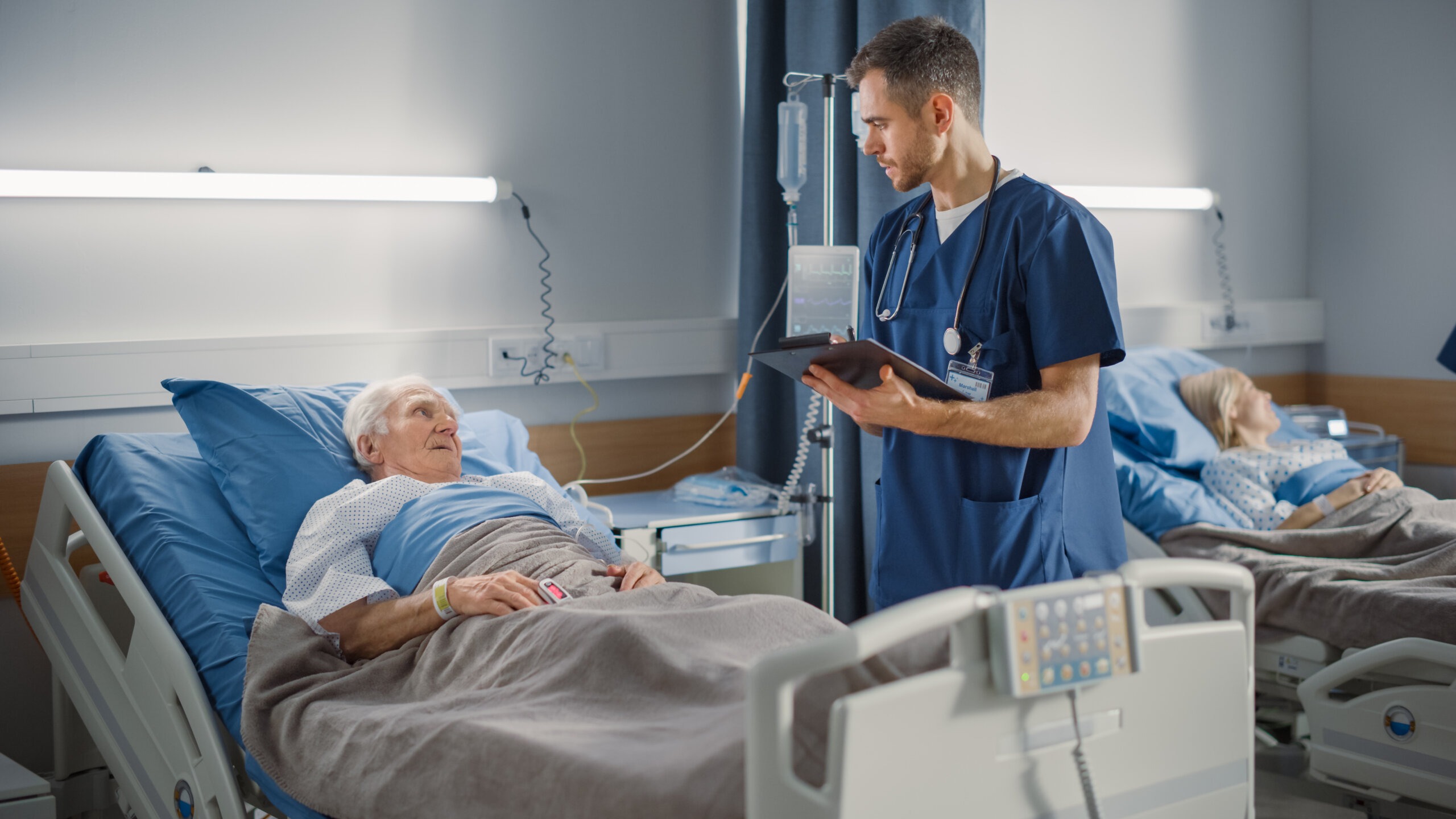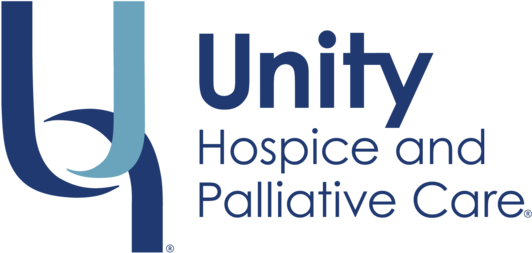BLOG

What to Know about Hospice GIP Care
Embracing Hospice General Inpatient (GIP): Mary’s Journey
Hospice GIP Care – Mary, a patient who had suffered a cardiac arrest in her home, was resuscitated by the EMR team and brought to the hospital. Mary’s heart and brain had been gravely injured from the prolonged lack of oxygen during her cardiac event, and after several days of treatment in the Intensive Care Unit, she was still unable to wake up, eat, or drink, and her body became swollen. The injury to her brain was so severe it was difficult to regulate the most basic body functions; her blood pressure was unstable, and she suffered from seizures.
When it became clear that Mary would be unable to recover, our partner hospital contacted us at Unity. Admissions coordinator, Sarah met with Mary and her son David to explain the physician’s recommendation, Unity’s philosophy of care, and the services Mary would receive in the hospital. Once David chose to start Hospice General Inpatient (GIP) for his mother, Unity nurse Beth arrived to assess Mary, review her case with the Unity hospice doctor, and work with the hospital’s doctors and nurses to create a new care plan focused on comfort rather than extending life. Nurse Beth also spent many hours coordinating Mary’s care with the hospital staff and preparing David for what to expect. The Unity hospice social worker and chaplain also visited the hospital to provide much-appreciated support and guidance to Mary and her family.
As a result of Unity and its hospital partner hospital’s efforts, Mary received 24-hour nursing care at the hospital and daily visits from the hospice team. She died peacefully with David at her side, holding her hand.
*In compliance with HIPAA guidelines and to protect patient privacy, all names of patients, caregivers, and Unity staff mentioned in this story have been changed.
A short-term solution to treat patients with uncontrollable symptoms or pain
While providing hospice care in the home is the most desired by patients and families and accounts for the vast majority of care, hospice GIP is a hospice level of care that is an effective short-term solution for patients in crisis. Unity partners with hospitals and skilled nursing facilities to expertly manage hospice patients whose pain or symptoms cannot be managed at home. Read on to learn how GIP care works and who is eligible to receive it.
When is it time for GIP care?
The GIP level of hospice care can be offered to patients experiencing:
- Delirium with behavioral issues or terminal agitation
- Uncontrolled pain or symptom control in their current setting
- Intractable nausea and vomiting
- Unmanageable respiratory distress
- Severe wounds or bleeding
- Other uncontrolled symptoms
GIP care is not appropriate in all situations
This highest level of hospice care should NOT be considered as a solution when:
- There is a lack of caregiver support
- The caregiver requests a respite
- The patient’s living conditions have been determined unsafe
- The patient is imminently dying but doing so comfortably

What are the benefits of Hospice GIP care?
For patients, GIP care provides increased support when most needed, including 24/7 hospital nursing, daily hospice nurse visits to ensure symptom and pain management, and continual access to professionals well-versed in quality end-of-life care. Hospitals that provide hospice GIP also decrease costs, lower mortality rates, and enhance patients’ and families’ comfort and ease.
How frequently is Hospice GIP care utilized?
Despite its benefits to hospitals, caregivers, and patients, GIP care is not utilized frequently. According to the U.S. Centers for Medicare & Medicaid Services (CMS), more than half of hospices did not provide a single day of GIP care in 2022. GIP accounts for just 1% of hospice care days. The vast majority (98%) of hospice in the U.S. is routine care, delivered by hospice team members who visit the patient and family in their home. Additional levels of hospice are: continuous care, providing intensive symptom management in the home during brief periods of crisis; and inpatient respite, which allows for a short period (up to five days) of hospice care in an inpatient setting to give the family or caregiver a much-needed break.
Why is Hospice GIP care currently underutilized?
Misconceptions about eligibility for GIP care are the primary reason, reports Hospice News. Roughly one-third of Medicare GIP claims are submitted in error because of confusion around when this level of care is appropriate. As detailed above, it is only when a hospice patient experiences uncontrolled, unmanageable, severe, or intractable symptoms or pain that this level of care is appropriate. If claims submitted are incomplete or inconsistent across the interdisciplinary team, an unwelcome audit may be triggered.
“It’s essential for hospitals to partner with a trusted hospice agency, whose team can provide the experience and expertise needed to offer GIP care and ensure it is covered appropriately as a short-term solution”, says Monica Bartz-Gallagher, BSM, RN, CHPN, Unity Patient Care Coordinator, Intake and Admissions. “At Unity, we understand that means discharge planning is considered from the moment GIP care begins. Through daily conversations with hospital nursing and medical staff, we navigate the journey through GIP care thoroughly, effectively, and compassionately. Constant monitoring of the patient’s condition and treatments enhances our ability to provide comprehensive support.“
To learn more about partnering with Unity to provide expert hospice and palliative care for your patients, contact us at:
info@unityhospice.com